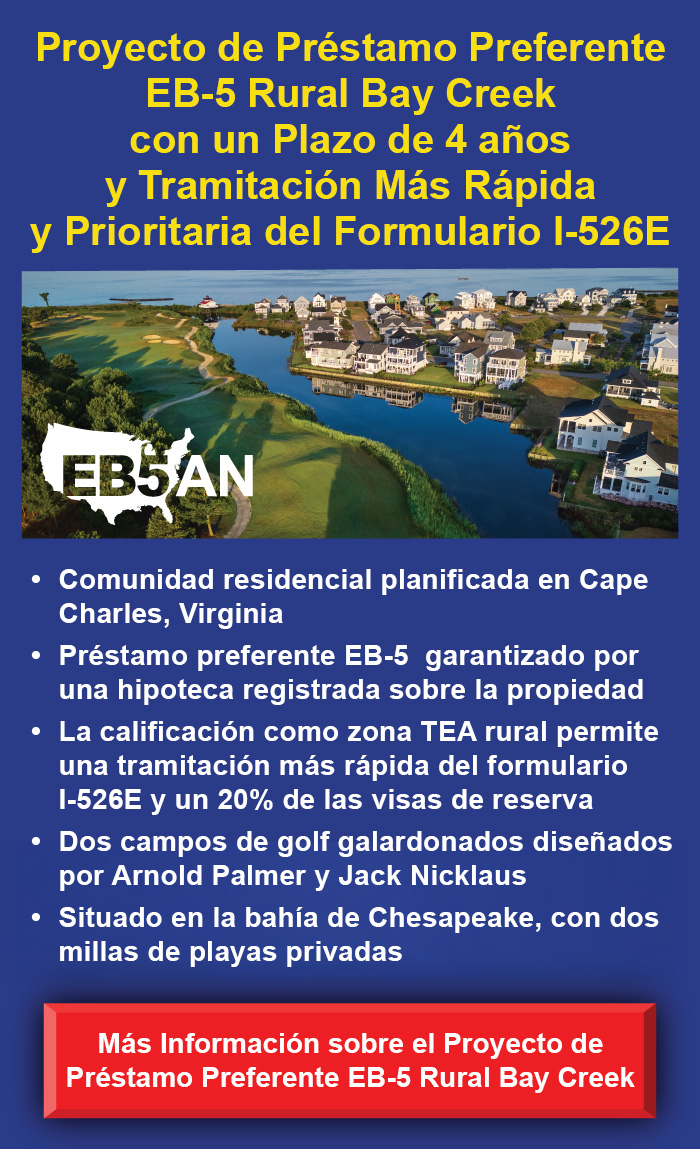Many foreign nationals dream of relocating to the United States to secure a brighter future for themselves and their families. However, immigrating to the United States can be a difficult process for an individual and even more so for an entire family. The EB-5 Immigrant Investor Program offers the perfect solution, allowing EB-5 investors to include their spouse and unmarried children younger than 21 on their EB-5 petition. This allows the entire family to receive U.S. green cards. The EB-5 program also has many other advantages that could significantly benefit younger families hoping to offer their children the best possible future in the United States.
The biggest hurdle to overcome in the EB-5 process is the I-526 petition adjudication process. To begin the EB-5 process, investors must complete Form I-526, where they must demonstrate that they have invested the minimum amount required. The EB-5 program requires investors to invest a minimum of $1.8 million in a qualifying EB-5 project. If the project is located in a targeted employment area (TEA), the minimum investment amount is reduced to $900,000. Aside from satisfying the minimum investment amount, the investor must also prove that their investment capital was acquired from lawful sources.
After the investor has received approval for their I-526 petition, they can continue with the next steps of their EB-5 journey. Assuming they have a “current” final action date in the monthly Visa Bulletin, the investor can apply for their EB-5 visa. The investor and their immediate family apply for their U.S. green cards at the same time. Each family member may have to complete the required forms and submit the necessary documentation along with their applications. The National Visa Center (NVC) then provides the investor and their family with a time and date for their visa interview, which determines their visa eligibility.
Once the investor and their family receive visas, they have a certain amount of time to enter the United States. The family must enter at the same time as the principal investor or after. EB-5 applicants and their families receive conditional permanent resident status for two years, and the investor must then file an I-829 petition within 90 days of the conditional permanent resident status expiration date to remove the conditions. This petition requires the investor to prove that their investment has met all of the EB-5 requirements.
Conditional permanent resident status is only conditional in regard to the length – two years. During this time, the investor and their family can freely live, work, study, and travel in the United States.
Options for Ineligible Children
The United States Citizenship and Immigration Services (USCIS) definition of “child” excludes some children from being eligible for an EB-5 visa: The EB-5 program does not allow children who are married or over the age of 21 to be included on their parent’s EB-5 petition. Therefore, if an investor would like to relocate their married or adult child to the United States, they have two options. One option is that the investor can apply for U.S. citizenship after living in the U.S for five years and then sponsor their child as a citizen. Alternatively, they can gift their child the funds needed to complete their own EB-5 investment. This is a common path for young foreign nationals whose parents want to offer them a better future in the United States.
Many prospective students choose to immigrate through the EB-5 program because of the many benefits it offers. An EB-5 visa allows students to possibly qualify for in-state tuition benefits and scholarships. Also, students with an EB-5 visa are considered domestic students, which makes the college admissions process much easier. In addition to the student benefits, an EB-5 visa allows investors to work freely in the United States, greatly increasing the available jobs and internship possibilities for them.


